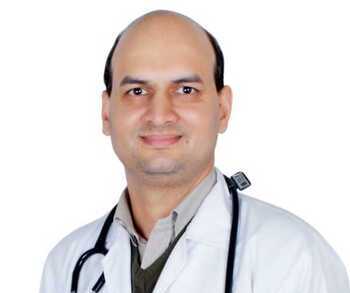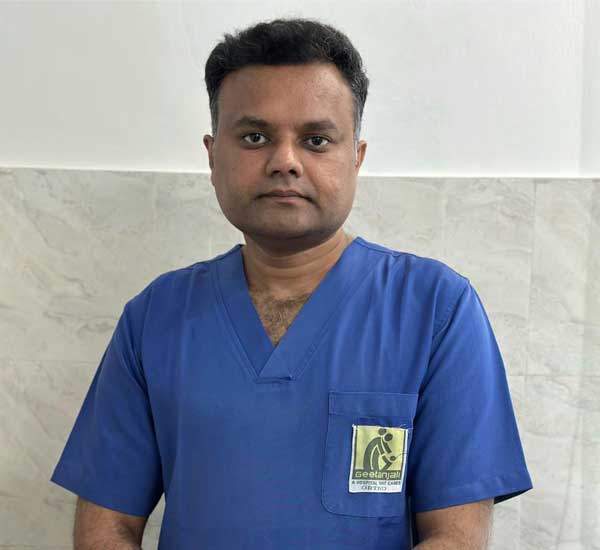All general medical problems related to the organs of heart, liver, kidney, brain, and lungs etc are taken up and treated. The hospital routinely treats heart attacks, diabetes, high blood pressure, asthma and all types of bacterial, protozoan, helminthic, viral and ricketsial infective problems. The complaints related to abdomen, joints, muscles, nerves, urinary and bowel problems, hormones and various medical emergencies like bleeding from body orifices, stroke, coma, fits, and attacks of palpitation, irregular heart rhythms, sudden faintness, syncope and breathing problem etc are all taken care of effectively with dexterity and success. We practice evidence-based treatment based upon the currently available data in medical literature.
When is High Blood Pressure Hypertension?
Hypertension appears to be a multifactorial disorder in which the interaction of several genetic tendencies and the environment is important. Other diagnostic laboratory tests suggested include urinalysis, complete blood count, blood chemistry, and a 12 lead electrocardiogram. Lifestyle modification is the mainstay reccomendation to prevent and to treat hypertension. This includes:
1. Weight control – keep body mass index 27 and waist circumferance less than 34 in (85 cm) for women
2. Alcohol intake control – less than .5 oz (15 ml) of ethanol per day { 12 oz.(360ml) beer, 5 oz (150ml) wine, 1 oz (30 ml) whiskey}
3. Tobacco control – discontinuance
4. Physical activity – 30-45 minutes brisk walking activity or more, most days of week.
5. Diet – sodium reduction to less than 6 grams salt (2.4 gm sodium) per day. Also an adequate daily intake of potassium, calcium and magnesium.
6. Stress – there is no evidence that relaxation therapy or caffeine restriction is beneficial
Low Back Pain — When is Imaging Needed?
Everyone gets an episode of low back pain once in awhile. The lower spinal cord is subject to strains, dislocations, injuries and diseases. Low back pain is difficult to treat and it is even more difficult to know when expensive imaging such as CAT (computerized axial tomography) scans or MRI (magnetic resonance imaging) is necessary.
Well what can you do to ease the pain for the 4-6 weeks that many back pain problems last for?
1. Heat application helps a muscle stiffness problem and should be tried to see if it benefits the pain.
2. Non steroidal anti-inflammatory drugs (NSAIDs) such as ibuprofen or naproxen on a regular daily basis; not so much for the pain relief as for the anti-inflammation effect to heal up the injury.
3. Some herbal preparations for muscle pain relief and arthritis pain may be helpful.
4. Light to moderate activity (NOT bed rest) such as walking, swimming, back exercises and physical therapy.
When does back pain mean a severe or dangerous problem?
1. associated fever can mean bone infection (osteomyelitis) or central nervous system infection
2. recent weight loss can mean either benign or malignant tumors
3. pain worse in the morning (other than transient pain upon waking) that persists, rather than back pain that worsens late in the day may suggest diseases such as.
4. ankylosing spondylitis or Reiter’s syndrome.
5. pain that radiates down below the posterior thigh may indicate nerve involvement (sciatica)
6. no improvement after 4-6 weeks.
























